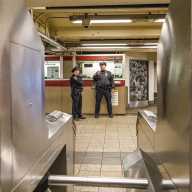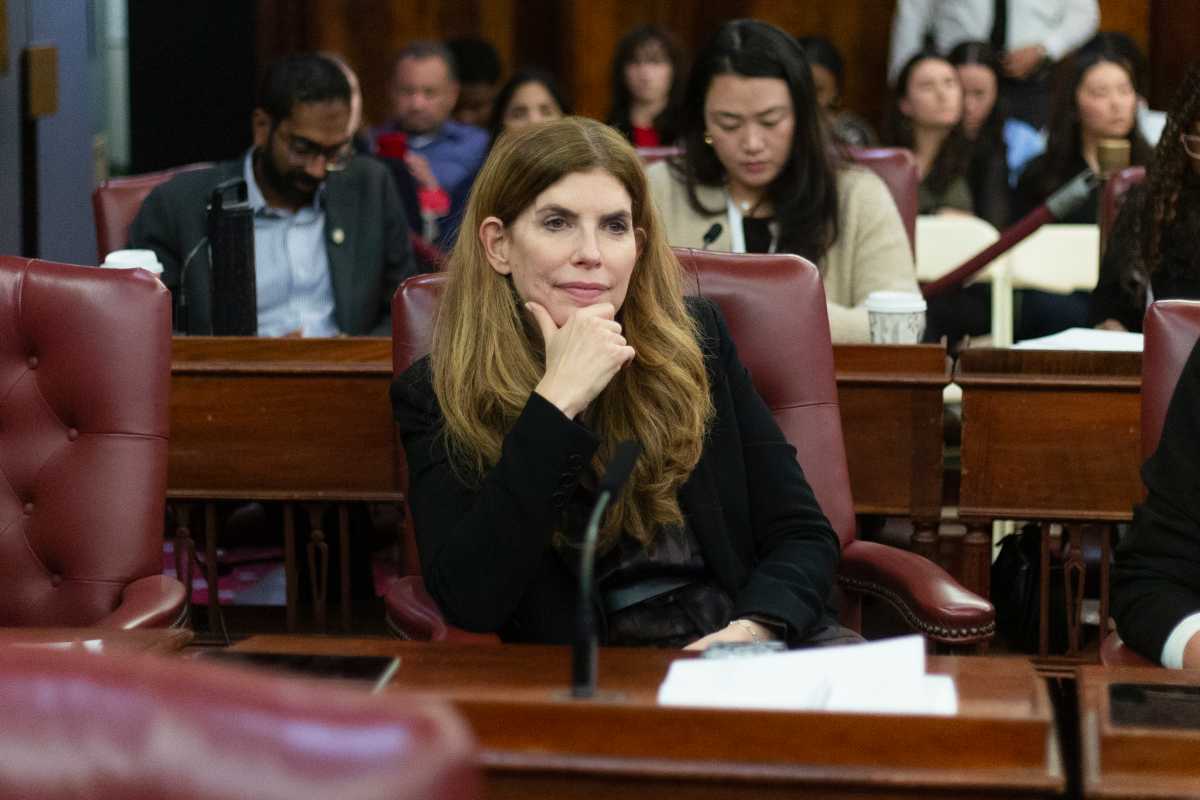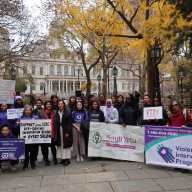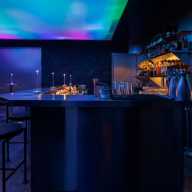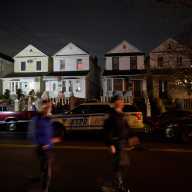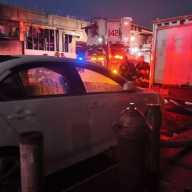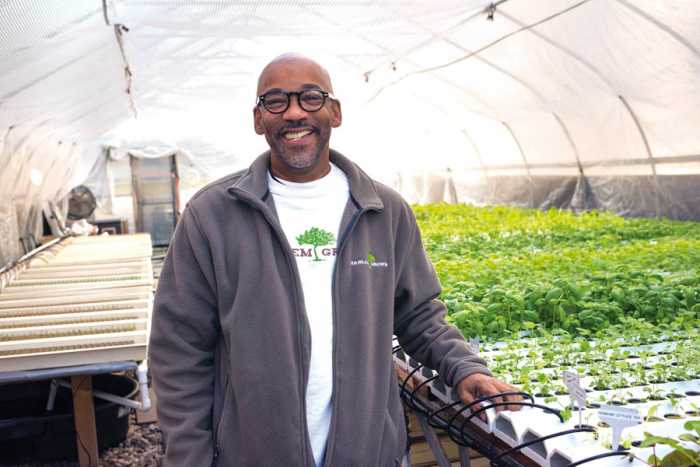By Steve Mosco
Ask New Yorkers about city wildlife and they will probably tell harrowing tales of dodging sidewalk pigeons and subway rats.
Seeking to change the conventional wisdom that one must travel to the far reaches of upstate or out east to revel in the great outdoors, a collection of environmentally minded people is busy culling footage for the documentary “Jamaica Bay Lives!”
“I’m kind of the cheerleader-in-chief of the project,” said Dan Hendrick, the communications director at the New York League of Conservation Voters, who authored a book about the bay in 2004. “The movie itself is about the fight to save Jamaica Bay and the story will be told by people with amazing connections to the bay.”
Hendrick and the film crew used a number of people not normally associated with environmental preservation. From Russian and Indo-Caribbean immigrants to lifelong Broad Channel residents, Hendrick said everyone has taken to the task of saving the bay.
“Last year the Regional Planning Association revealed a study about Kennedy [Airport] and how it might have to expand to accommodate future growth,” said Hendrick, who is working with David Sigal, directory of photography for the project. “We had a meeting in Broad Channel and it was furious. About 200 people showed and packed the American Legion, frightened and angry. I took it as a sign.”
Situated in southern Queens and eastern Brooklyn, the bay lies at the far end of the Rockaways A train. About 40 minutes from Manhattan by train, blocks of apartments suddenly give way to marshes and exotic egrets replace the common pigeon.
The park’s unique landscape contains a variety of rare native habitats, including a salt marsh, upland field and woods, brackish water ponds and an open expanse of bay. The Jamaica Bay Wildlife Refuge is one of the most significant bird sanctuaries in the Northeast, with more than 330 bird species sighted over the last 25 years.
The bay is also home to an array of reptiles, amphibians, small mammals, more than 60 species of butterflies and a large population of horseshoe crabs.
Even with all of that natural beauty, the bay faced challenges under the harsh realities of the post-Industrial Revolution world. Factories and landfills developed along the bay; John F. Kennedy International Airport flew in and filled the air with a decidedly different type of bird; and four sewage treatment plants dumped a sickening amount of human waste into the once idyllic waters.
“Jamaica Bay became a living toilet bowl for Brooklyn and Queens,” said Hendrick. “Everything was dumped in the water — even dead bodies from time to time.”
Times and minds are changing, as a multimillion-dollar project to build marsh islands in Jamaica Bay is expected to restore eroding wetlands and help keep the waterway a viable ecosystem.
The U.S. Army Corps of Engineers, together with state and city agencies, launched a $19 million project in December to rebuild a 40-acre marsh island known as Yellow Bar Hassock. The island, when completed, will filter chemicals, stabilize the shoreline and provide habitat for plants and fish.
“The timing is right to tell this story,” said Hendrick. “We want to elevate Jamaica Bay to its place as one of the greatest estuaries in the country. And we’re well on our way.”
Hendrick is inviting the public to submit pictures and videos signifying their own connection to the bay for inclusion in the film. Any footage, photographs or suggestions should be e-mailed to jamaicabaylives@gmail.com.
“We’re not looking to make millions of dollars with the film. It’s a labor of love and a chance to shed some light on a fantastic yet overlooked place,” he said, adding it will take about a year to complete the film.
Reach reporter Steve Mosco by e-mail at smosco@cnglocal.com or by phone at 718-260-4546.













